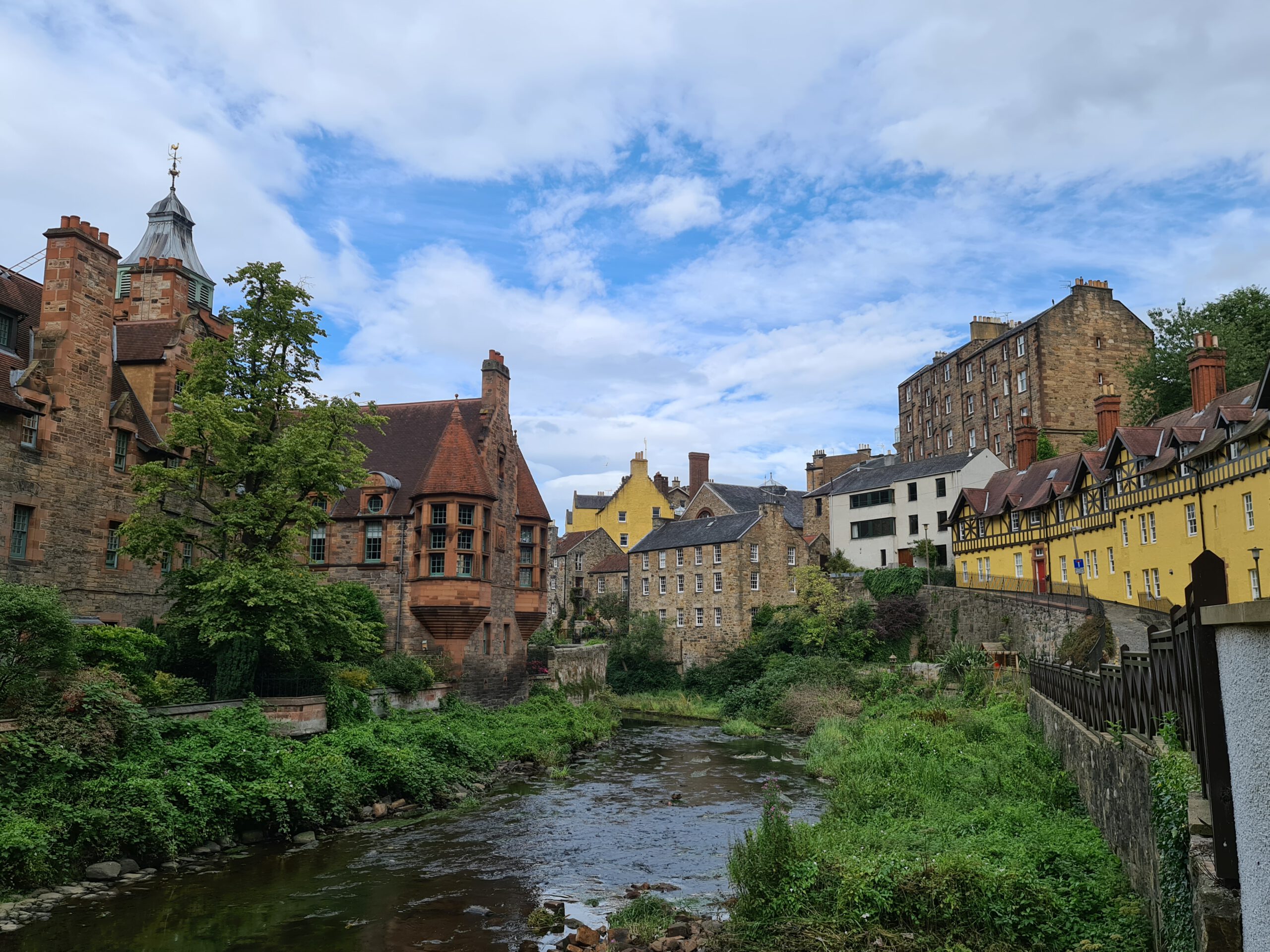Location: Dean Village, City of Edinburgh, Scotland
public transport: buses from the city centre or on foot, easy to reach
entrance fee: £ free
opening times: 24/7
directions: Dean Village – Google Maps
Dean Village is a part of Scotlands capital, Edinburgh. Located of the streets of the busy city centre, Dean Village can be easily reached by bus or on foot from the centre, making it a calm and beautiful place to spend a while. It invites you to explore the Waters of Leith or the Galleries of Modern Art.

This tranquil part of Edinburgh was a former village of its own, to be exact it is the oldest of the villages, which were located right next to the original burgh of Edinburgh. It is built around the Water of Leith and most famously is located around Well Court.
Dean Village is most famous for the green tranquillity it offers, a true oasis. During many years the village housed various kinds of mills, the leftovers of which can still be seen today, the remains of a very old industry. Remains are including old mill stones and carved stone plaques with pies and baked bread on them.
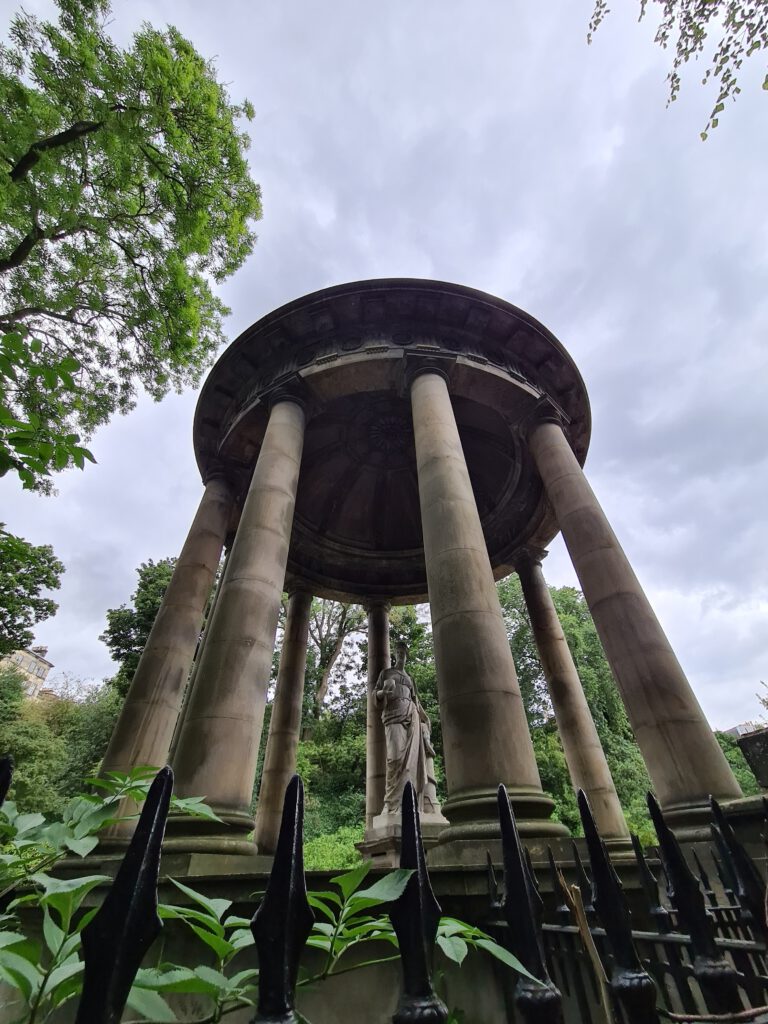
Close by there are other famous sights which can be seen when following a walkway along the Water of Leith, including Dean Bridge, designed by Thomas Telford, Scottish National Gallery of Modern Art, Dean Gallery and St Bernard’s Well.
With Well Court being the striking building it is, it has been restored. Back in its day it used to be a model housing for local workers, originally built back in 1880s.
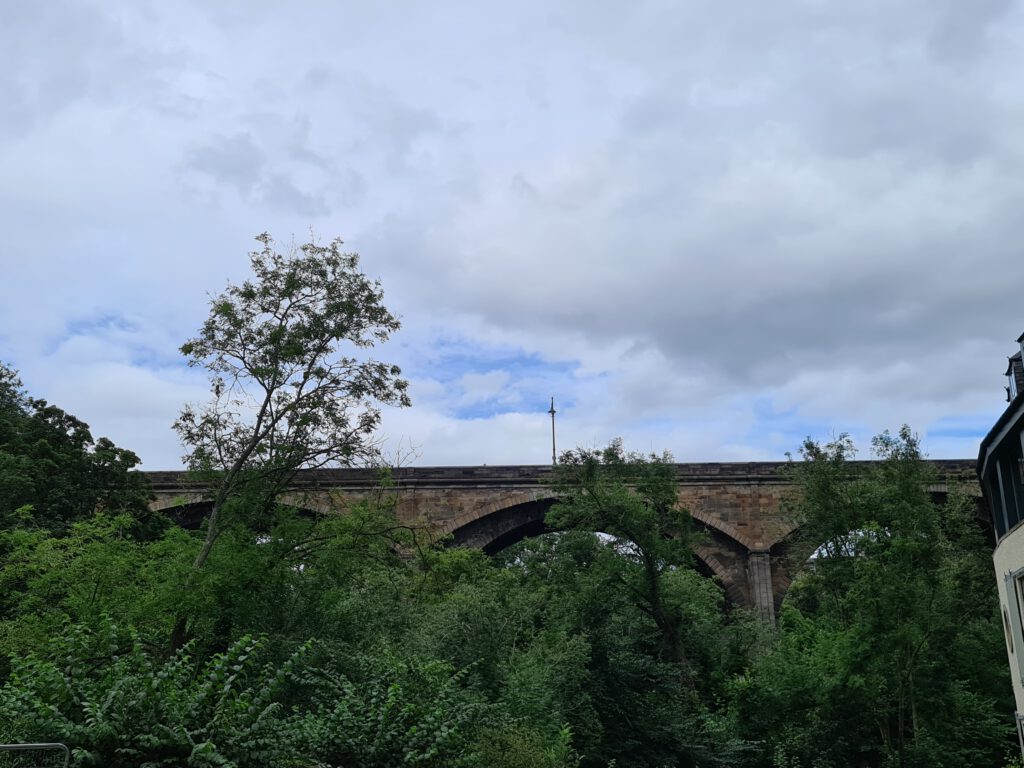
The original name for Dean Village was ‘Water of Leith Village’ and for over 800 years it was a grain milling village with eleven working mills.
Located on what formerly was known as the Dean estate, in 1592, Dean Village was given to James Lindsay who was the 7th Lord Lindsay of the Byres at the time. It soon changed hands again though, with Sir William Nisbet buying it in 1609 from the 8th Lord Lindsay of the Byres.
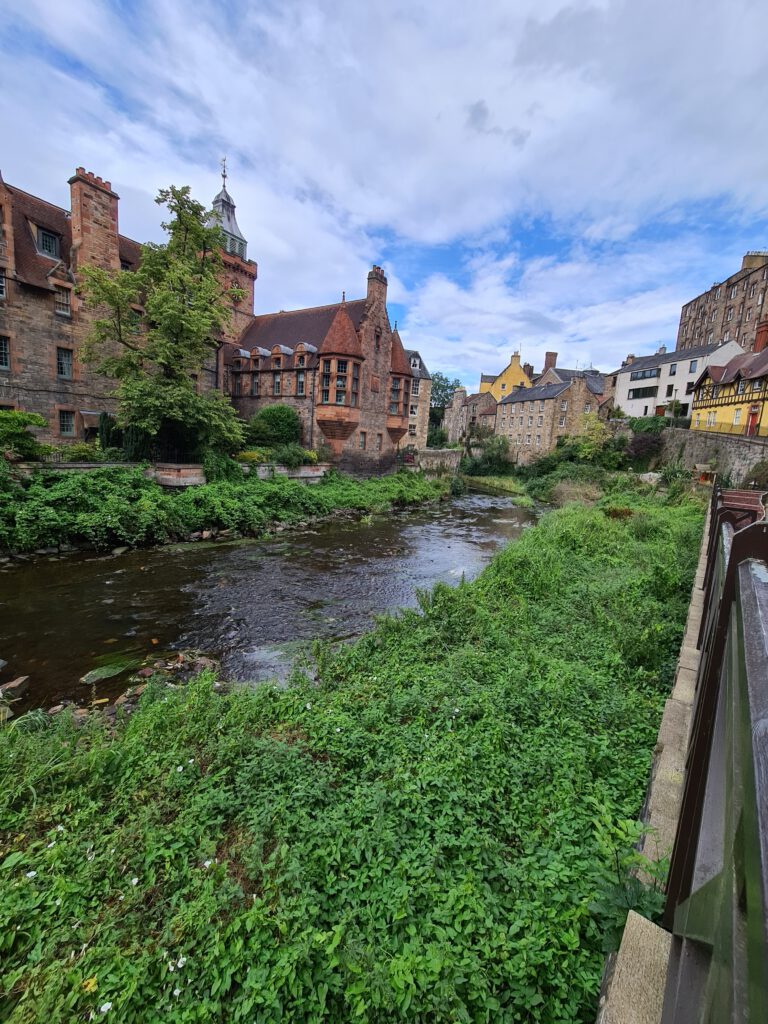
Around the 16th or 17th century a building later known as Dean House was built, most likely by before mentioned Sir William Nisbet, as a tower house.
Remaining a separate village up until then, during the 19th century, Dean Village’s trade diminished with more modern flour mills being developed at Leith. And so, the Dean estate changed hands again to John Learmonth. When he purchased the estate in in 1826 his goal was to expand the Western New Town further into the north.

This plan was the reason for Dean Bridge being built by Thomas Telford, with the intention of being used as an access to the other side of the valley. Following this Dean Village wasn’t of much interest anymore, being bypassed from 1833 onwards by the toll-free bridge.
In 1845 Dean House was demolished and in the following years, with the growing of Edinburgh’s West End towards the north, former Dean Village was soon completely incorporated into the city, surrounded by newer parts of the city.
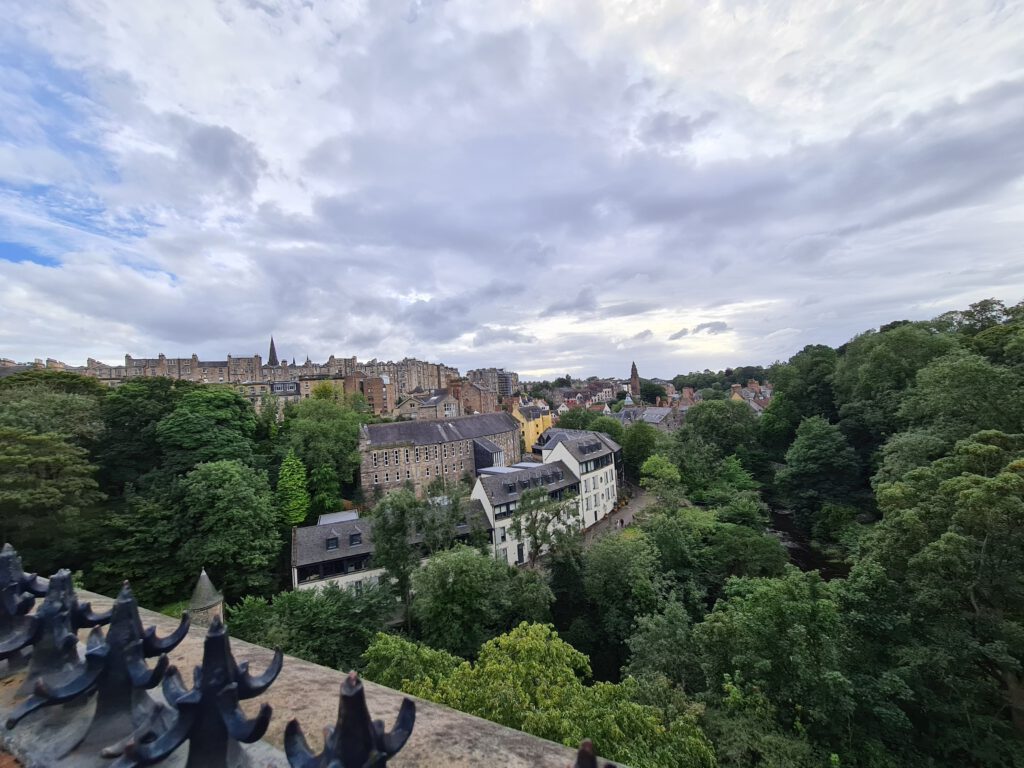
Georgian properties were built and the crescents around the water of Leith developed into housings. Along with the development came many changes, the bakers Tolbooth was altered into the Cathedral Mission for St. Mary’s Episcopal Cathedral.
Though of the changes happening and the village growing in some perspectives, it started to become associated with poverty and decay with the absolute low point being reached around 1960. If you look at the history closely here, you will see that it wasn’t Dean Village itself that had grown, but the city of Edinburgh, that had started growing around Dean Village, swallowing it up.
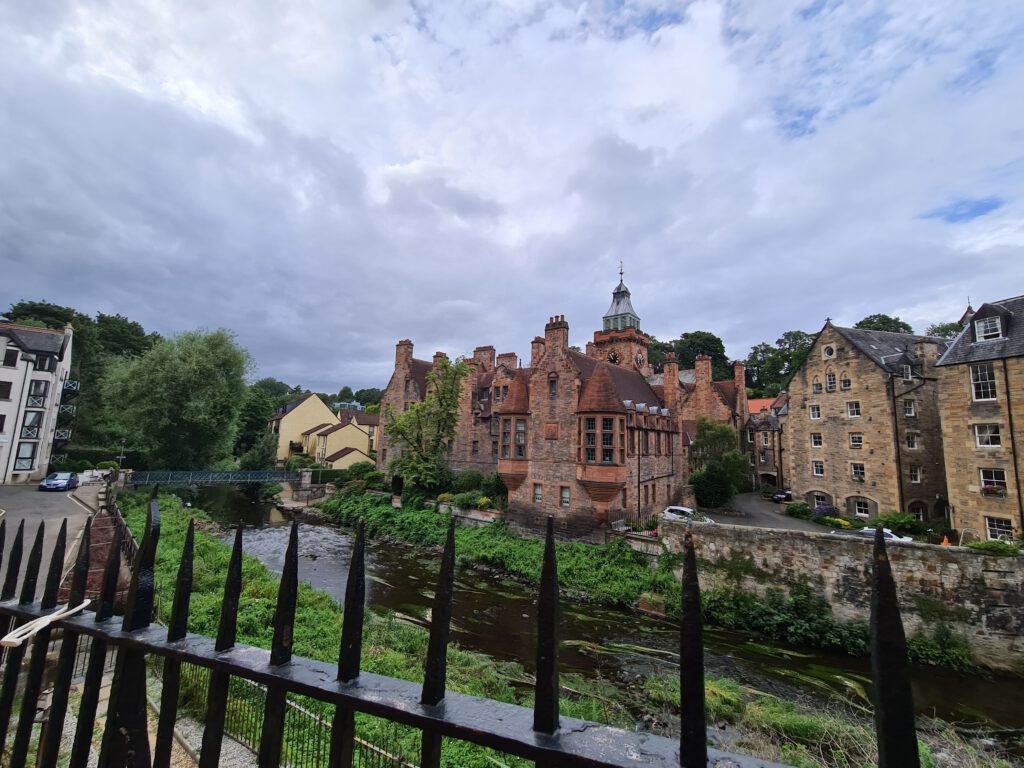
The building of the toll-free Thomas Telford Bridge had led to the traffic being diverted around Dean Village, no toll income anymore. More powerful mills had undermined the mills of Dean Village, making that part of business vanish, taking away the income.
During the 1970s Dean village was growing in popularity again, the tranquil oasis was restored and redeveloped, transforming it into a more than just desirable residential area. With the Water of Leith Walkway running through the village since 1983, it became more and more famous with visitors by the day, exploring the tranquillity and spots that inspired many an artist.

To this day Dean Village is well visited and often limited to only the view towards it, but especially if you follow a round route through Edinburgh, via the Galleries mentioned above and alongside the Water of Leith, you can explore the village and its surrounding area to their fullest. And who knows, maybe you get inspired here, inspired to write something, to tell a story through your pictures or paintings or even just to adjust your life. The opportunities if you truly give yourself time and the chance to explore here, are countless. Dean Village and the Water of Leith most certainly have a magical vibe about them that is longing to be explored by you!
